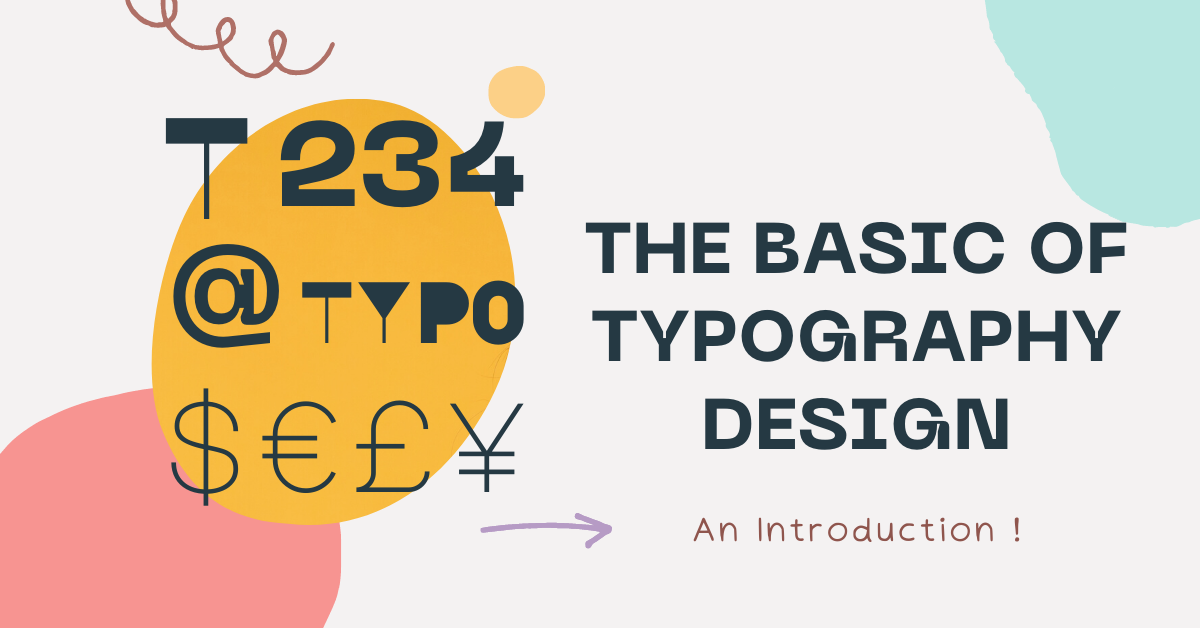Designing with type is an essential skill for any designer, yet it is often one of the most difficult to master. There are a few basic principles of typographic design that can help designers create more effective and appealing designs.
Hierarchy Of Information
The most important information should be the most visible and the least important information should be the least visible. This can be accomplished by using different typefaces, sizes, and weights.
Contrast
This can be done by using different typefaces, sizes, weights, and colors. Contrast can also be created by using different levels of indentation.
Contrast is an important principle of typographic design. It can be used to create visual interest and to emphasis important information. Contrast can be created by using different typefaces, sizes, weights, and colors. Different levels of indentation can also be used to create contrast.
White Space
White space is the empty space between elements on a page. It can be used to create balance and visual interest. White space can be created by using margins, padding, and line height.
Readability
The fourth principle is to use typography to emphasize important information. This can be done by using different typefaces, sizes, weights, and colors.
Readability is the most important factor in typographic design. The typeface you use should be large enough to be easily read. The leading (the space between lines of text) should also be large enough to be easily read. The tracking (the space between letters) should be tight enough that the text is easily read.
Typography
The fifth principle is to consider the readability of your text. The most important factor in readability is the typeface you use. The size of the typeface should be large enough to be easily read. The leading (the space between lines of text) should also be large enough to be easily read. The tracking (the space between letters) should be tight enough that the text is easily read.
Grid Systems
The sixth principle is to use grid systems. Grid systems can help to create a sense of order and visual stability. They can also be used to create a consistent layout throughout a design.
Proofread
The seventh principle is to proofread your text. This is important to ensure that there are no errors in your text.
Proofreading is an important step in typographic design. Proofreading can be done by reading your text aloud, using spell check, and having someone else read your text.
Typographic Terms
The eighth is to use typographic terms correctly. Typographic terms can be confusing and many designers do not use them correctly. Be sure to use typographic terms correctly to avoid confusion.
Respect Copyright
The ninth principle is to respect the copyright of others. Do not use someone else’s work without their permission. If you do use someone else’s work, be sure to give them credit.
Save & Back Up
The tenth principle is to take care of your own work. Be sure to save your work regularly and back it up in case of computer problems. Taking care of your work is an important principle of typographic design. Be sure to save your work regularly and back it up in case of computer problems.
Conclusion
By following the basic principles of typographic design, designers can create more effective and appealing designs. These principles include creating a hierarchy of information, using contrast to emphasis important information, using white space effectively, considering the readability of the text and more. By following these principles, designers can create designs that are both visually appealing and easy to read. Visit Artmeet for more like this.

